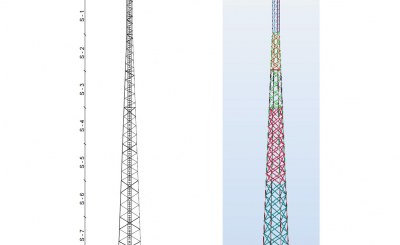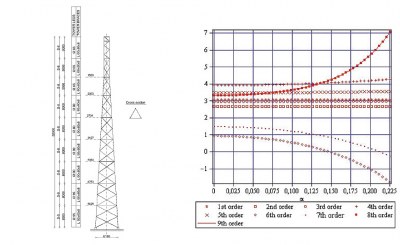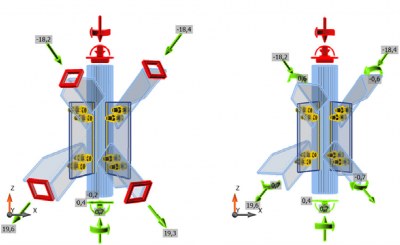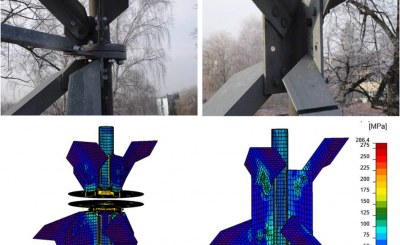Authors
M. Kaminski
J. Szafran
Abstract
Basic probabilistic characteristics and reliability indices of critical forces for high steel skeletal towers are numerically modeled by using the Stochastic, perturbation-based Finite Element Method. It is implemented together with the Weighted Least Squares Method and compared with the Monte-Carlo simulation as well as with the semi-analytical Probabilistic FEM. The Finite Element Method solution to the stability problem for a full 3D model of a tower accounts for both first and second order effects known from the engineering codes as the so-called P-delta effect. Two different Gaussian input random variables are adopted here – Young modulus of steel as well as principal structural elements thickness – to compare an influence of the material versus the geometrical uncertainty on the overall structural response. The numerical analysis has been carried out with a combination of the FEM engineering program with symbolic algebra software providing WLSM approximation, probabilistic simulation, integration, as well as for the general order Taylor expansion procedures. The reliability indices related to the stability problem are calculated using both the First and the Second Order Reliability Methods and they showed safety margins for the telecommunication towers.











